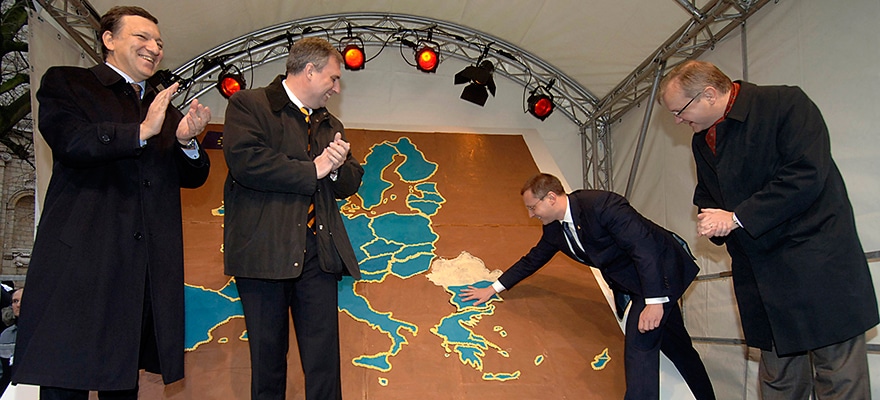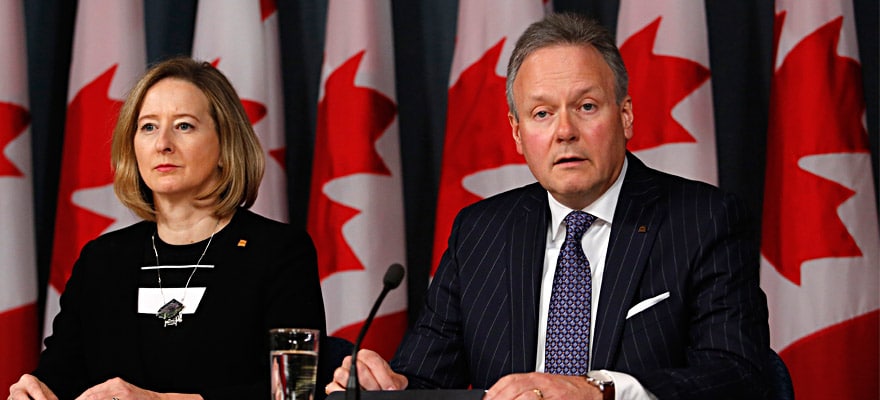Since the turn of the year the euro has been one of the stronger G10 currencies, benefiting from risk-off sentiment. The euro is relatively unchanged against the USD, sitting at similar levels to its rally in early December when the ECB under-delivered on its QE program.
Against its antipodean counterparts the euro has rallied by around 1000 pips and over 200 pips versus the pound, this however is more of a reflection in the weakness of other currencies than strength in the euro and as risk sentiment improves, fundamentals are likely to come back into play and see the euro weaken across the board, especially in light of Draghi's recent dovish comments.
At the ECB meeting on January 21, Draghi stated that monetary policy will need to be reviewed at the next meeting in March and that further measures will be taken if necessary in an attempt to boost inflation. The tone of the statement was very dovish and brought forward expectations of further easing. The EURUSD consequently saw a 140-pip drop from the release. The currency will likely remain pressured heading into the March meeting, especially if inflation deteriorates further.
Minutes released January 14, from the December 3 meeting, revealed that some members wanted a deeper cut than 10bps; this implies that the ECB are still not at the lower bound and are willing to reduce the deposit rate further if economic conditions were to warrant such a move.
The Final Estimate for CPI for December was released on January 19 and was mainly unrevised from the Flash estimate. It showed headline inflation at 0.20% y/y. Core inflation (CPI excluding food, energy, alcohol and tobacco) rose 0.90% over the 12 months. CPI excluding food and energy also came in at 0.90%, which was better than the 0.80% on the Flash reading. Core CPI has remained between 0.90%-1.00% for six months. This suggests there is still no upward movement in underlying prices, despite the QE program having already been running for three quarters.
Final GDP for Q3 came in at 0.3% as expected. Year-over-growth for Q3 was 1.6% also as expected, after being revised down from 1.7% in the flash print. The next GDP release will be Flash GDP for Q4 on February 12.
While the ECB failed to meet market expectations by expanding the current QE program at the December 3 meeting, the prospects for another round of easing were announced at the January 21 meeting. Draghi and the ECB have signalled their commitment to do whatever it takes to combat low inflation and this should keep the longer-term bearish bias on the euro intact.
Nevertheless, an exacerbation in risk-off sentiment and further falls in Equities will likely see further short-term strength in the currency. The opposing forces of bearish monetary policy and bullish safe-haven flows could make the euro a somewhat difficult currency to trade until the March meeting gets closer. Still, significant rallies should be viewed as selling opportunities.

















